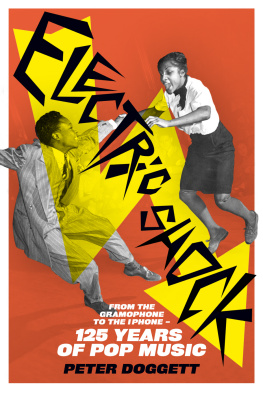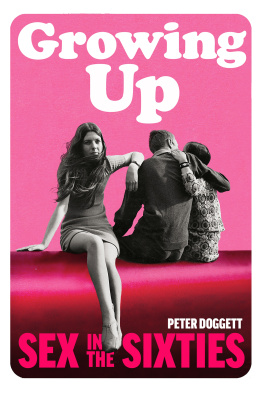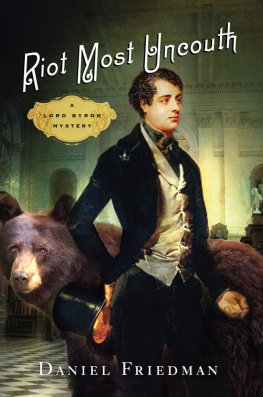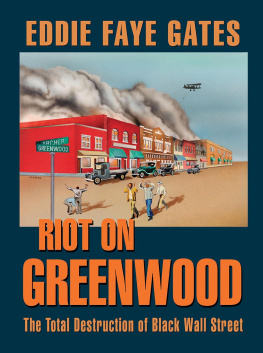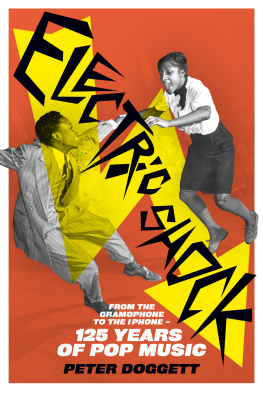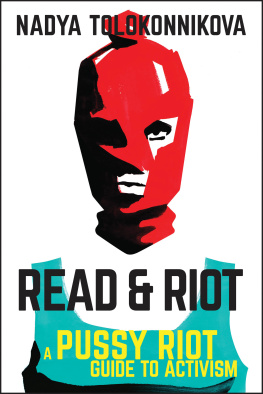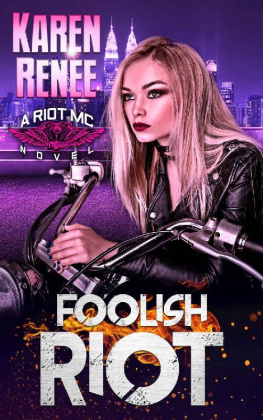I n June 1972, John Lennon and Yoko Ono released a record entitled Some Time in New York City. It was a collection of protest songs and political anthems, tackling subjects that ranged from Americas prison system to the British occupation of Northern Ireland. Packaged like a street newspaper, it amounted to nothing less than a trumpet-call for revolution, from the worlds most prominent rock musician. Thirty-five years later, the audacity of Lennons project is still breathtaking.
Despite Lennons hopes that he might become the standard-bearer for youthful radicalism, his political album was widely derided. What can one say when confronted with incipient artistic suicide? asked Rolling Stone magazine, which had previously supported Lennons career. The same review dismissed the record as embarrassingly puerile, awful, shallow, derivative, sloppy, witless and egotistical critical judgements that have been reinforced ever since.
Less analytical listeners responded more openly to Lennons message. Raised in an atmosphere of polite English conservatism, I was ripe for the illicit thrill of rebellion in 1972. Some Time in New York City appealed to my emerging sense I was just 15 years old that there might be life beyond conformity. It fulfilled my adolescent desire for idealism, without any unsettling ambiguity. Already an undiscriminating admirer of Lennons work and public persona, I inhaled the records revolutionary spirit, and was radicalised by my initial exposure to its slogans and propaganda. Woman is the Nigger of the World introduced me to the concept of feminism, a principle that suddenly seemed shockingly, blindingly obvious (and, for too many years, impossible to connect to my own life). Luck of the Irish and Sunday Bloody Sunday provided a guide to the history of English colonialism. The police and politicians were corrupt and barbaric. The people were ready to rise against their oppressors. The album was full of such unthinking certainties; and so was I.
The naivety was not mine alone. It was clear that Lennons mutation from pop icon into agitprop minstrel had been fuelled by borrowed rhetoric and second-hand emotions. His artistic judgement appeared to have been distorted by his infatuation with his recent acquaintances, Abbie Hoffman and Jerry Rubin of the anarchic leftist group the Yippies, and black power activist Bobby Seale of the Black Panther Party. By the time Some Time in New YorkCity was released, two of its songs pleas for the release of radical heroes John Sinclair and Angela Davis were out of date, as their subjects had already been freed. Others were built upon a crassly simplistic view of political reality, and were tinged with paranoia, a childish pleasure in rabble-rousing, and Lennons willingness to believe everything that he had been told by his comrades. Nowhere in the album was there a moments awareness that this radical energy might be about to expire, and that the revolution might prove to have been a chimera, which had bewitched and then betrayed a generation.
Yet for all its faults, lyrical and analytical, Some Time in New York City blazed with an intensity rarely equalled in Lennons work, testifying to the zeal of his conversion to ultra-left radicalism. From its artwork to the epic grandeur of its production, the record declares his glorious faith in the inevitability of revolution. It was a message that might have been designed to appeal to a teenager searching for a horizon beyond the mundane predictability of English bourgeois life.
John Lennon and I werent alone in the assumption that revolution was both inescapable and desirable. Whats apparent as one scours the back pages of history, and speaks to those who participated in the tumultuous events that occurred between 1965 and 1972, is that the hope, or fear, of a violent assault on the established order linked young and old, socialist and conservative, rich and poor. Visions of how this revolution might arrive, and what it might achieve, varied from person to person, and continent to continent. Some envisaged a peaceful reorientation of social and economic power; others imagined a bloody war between classes, races or genders. What was common to all these dreams and nightmares was the belief that Western society, and its global power structure, could not survive unchanged; that there could be no hope of world (or local) peace until some degree of liberation was offered to the oppressed people of the planet.
The exact identity of those oppressed souls was a matter of subjective opinion. Feminists sought the liberation of women from male dominance and aggression. African-Americans wanted an end to racism and, in many cases, the establishment of their own exclusive homeland. Students in Paris and New York fantasised about the overthrow of the restrictive educational system that, in their view, smothered free thought and expression. Committed Marxists required nothing less than the toppling of global capitalism, and thereafter an end to imperialism. Africans dreamed of the day when their colonial masters were banished from the continent. And across the world, all these forces were united in the campaign to end the Vietnam War, and exile Americas soldiers and advisers from South-East Asia.
Through the 1960s and into the early 1970s, a bewildering array of radical organisations (and acronyms, from SDS to the IRA) began to dominate the news. Perhaps inevitably, these groups often had wildly different goals, and when their agendas coincided, they tended to set upon each other, rather than their agreed enemy. Equally inevitably, the forces of authority around the world witnessed this threatening activity, and assumed that a global conspiracy was at work. Their response was to unleash waves of oppression that stretched from mild persecution (arrests, water cannons, eavesdropping, infiltration) to appalling violence (torture, massacre, attempted genocide).
As communications around the world improved, and young people began to form their own information networks, via underground newspapers and the shared language of rock music, these disparate struggles and battles began to coalesce. It was therefore now possible for a student in England to be suffering nothing worse than mild dissatisfaction with his or her teachers, but to feel acute solidarity with guerrillas in Vietnam, student rioters in Mexico City, anti-government rebels in Czechoslovakia, the Black Panther Party in California, and liberation forces in South Africa or Rhodesia. (It was sadly much less likely, at least until the early 1970s, that this fictitious student would have expressed much solidarity with the feminist movement, especially if he were male.) Bulletins from these far-flung frontlines filled the pages of the International Times and the Berkeley Barb, the East Village Other and Oz, and no doubt hundreds of equivalent periodicals in the non-English-speaking countries of the world. Even a 15-year-old schoolboy with the most limited grasp of world events could easily determine which side he was on.
This incendiary climate was heightened by the feverish commentary provided by the eras most potent youth icons, the rock stars. The youth movement now shared its own culture or rather counter-culture, running in opposition to the prevailing orthodoxy of capitalism, imperialism, sexism, racism and emotional repression. Under this spotlight, there was a price to be paid by any counter-culture hero (or, more rarely in these pre-feminist times, heroine) who failed to offer the correct response on any issue from Vietnam to the Chicago Conspiracy Trial. And so revolution entered the rock lexicon rarely defined or explained, but a catch-all refrain that symbolised a generations quest to overturn the old order and replace it with a new climate of liberation, that would free body, mind and soul.


